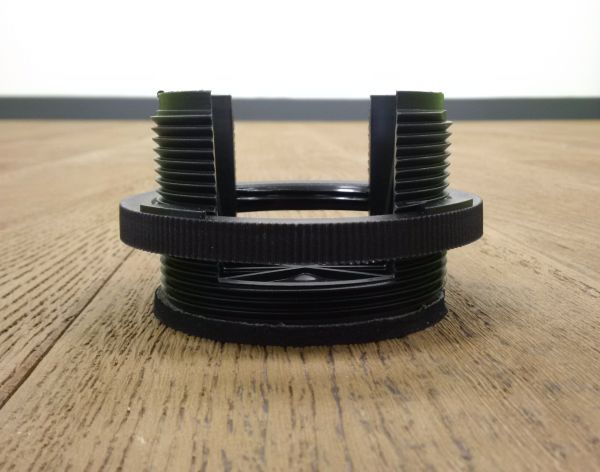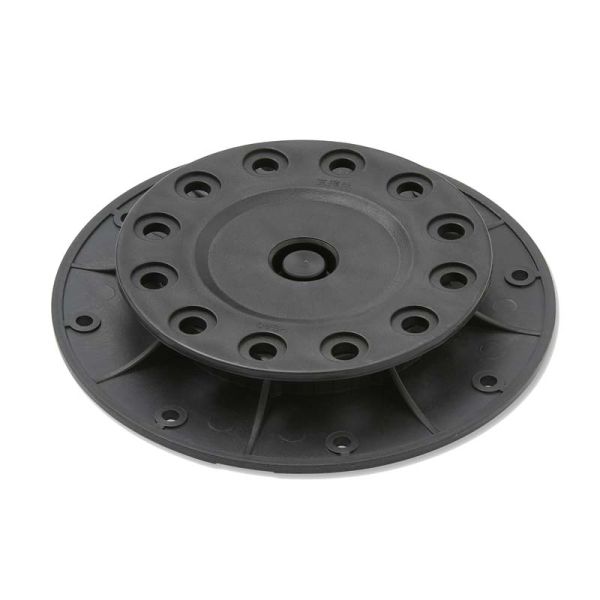Composite Decking: The Ultimate Outdoor Surfacing Solution
Whether you’re seeking a modern, low-maintenance alternative to traditional timber decking boards, or looking to create a stunning, multi-material outdoor space, composite decking offers unparalleled versatility, durability, and style. With endless design possibilities and the benefits of long-lasting performance, composite decking from London Stone is the perfect foundation for your next garden project.
As homeowners and designers seek to create beautiful, long-lasting, and low-maintenance outdoor spaces, composite decking has become a game-changer in the UK landscaping market. Offering a modern alternative to traditional timber, composite decking provides a host of benefits that make it the go-to choice for gardens, terraces, and commercial spaces alike. London Stone is proud to offer a variety of premium composite decking options, including our innovative DesignBoard, to suit a wide range of styles and requirements. Let’s explore why composite decking is an excellent choice and how it can transform your outdoor living space.
The Rise of Composite Decking in the UK
Over the past decade, composite decking has rapidly grown in popularity in the UK, becoming a leading choice for those looking to upgrade their outdoor areas. This trend has been driven by a demand for products that are not only aesthetically pleasing but also require less maintenance than traditional timber decking. Timber, while beautiful in its natural form, has several drawbacks, including the need for regular treatments to prevent rot, warping, and insect damage. Demand (and therefore the price) of timber has grown considerably, especially since the Covid-19 pandemic, with other factors including climate change and wildfires. Composite decking, by contrast, solves many of these issues by offering a durable and reliable alternative.
Composite decking is manufactured using a blend of recycled materials such as wood fibres, plastic, and, in the case of our DesignBoard Classic decking, disused rice husks. This unique composition provides a high level of durability and environmental sustainability, making it an eco-friendlier option for the modern homeowner.
Why Choose Composite Decking Over Timber?
The benefits of composite decking over traditional wood are numerous, making it an ideal choice for those who value longevity, ease of care, and a wide range of design possibilities. Here are a few reasons why composite decking stands out:
Durability and Resistance to the Elements
Unlike timber, composite decking does not rot, split, or warp over time. Traditional wood is vulnerable to weather conditions, insect infestations, and mould, but composite decking resists all these issues. It is designed to withstand the harshest environments, making it ideal for the unpredictable British climate, whether you live in a damp region or experience a lot of sun. Find out how long composite decking lasts.
Low Maintenance
One of the most significant advantages of composite decking is its low maintenance, when compared with wooden decking. Timber requires regular staining, sealing, or painting to maintain its appearance, whereas composite decking retains its look with minimal upkeep. In most instances, simple, occasional cleaning with soapy water is all it takes to keep your decking looking its best for years to come.
Consistency in Colour and Appearance
Over time, wood can fade and develop inconsistencies in colour due to exposure to the elements. Composite decking, however, is engineered to maintain its vibrant appearance with UV-resistant coatings that prevent significant colour-fading. This means that your decking will look as good as new, year after year.
Wide Range of Colours and Design Options
One of the most exciting aspects of composite decking is the versatility it offers in terms of design. Available in a wide array of colours, composite decking can be tailored to suit any outdoor aesthetic. Whether you want a sleek, modern looking terrace or something more rustic and traditional, you’ll find a composite decking option that fits your vision perfectly.
Ease of Installation
Composite decking is known for being simple to install, and with DesignBoard’s hidden clip system, the process is even more streamlined. The hidden clips ensure a smooth, seamless finish, free from visible screws or nails, which not only looks great but also provides a safer surface with no exposed fasteners. This makes composite decking a popular choice for DIY enthusiasts and professionals alike.
Eco-Friendly Material
Sustainability is an important factor for many consumers today, and composite decking delivers on this front. 50% of DesignBoard Classic decking is made from disused rice husks, which are a byproduct of the agricultural industry. By incorporating recycled materials, composite decking reduces waste and minimises environmental impact.
We’ve created this handy table which shows you some of the key differences between composite materials and timber decking:
| Factor |
Composite Decking (DesignBoard) |
Timber Decking |
| Retail Price (per m²) |
£45 - £80 + VAT |
£25 - £60 (depending on wood type) |
| Material Composition |
Composite material (rice husks, polymers) |
Natural wood (softwood or hardwood) |
| Maintenance |
Low: clean every 3-4 months |
High: requires annual staining, oiling, or painting |
| Lifespan |
25+ years |
10-15 years (softwood), 25+ years (hardwood) |
| Durability |
Durable, scratch-and-fade-resistant |
Varies by wood type, prone to rot, insect damage, and warping without treatment |
| Fade Resistance |
Minimal, ≤1% per year |
Significant fading without regular maintenance |
| Colours Available |
Available in 12 different colours |
Natural wood tones (can be stained) |
| Surface Texture |
Available in lightly grooved, brushed, grooved |
Natural grain pattern, can be smooth or textured |
| Joint Widths (to allow for expansion) |
4mm between boards, 4mm between ends, 10mm around perimeter |
5-6mm between boards, 3-5mm between ends, 10-15mm around perimeter |
| Installation Method |
Hidden Clip System (no drill holes visible) |
Drilled holes into surface of the deck |
| Environmental Impact |
Made with renewable resources (rice husks), low environmental impact |
Depends on the wood source (sustainably sourced timber is better) |
Pairing Composite Decking with Other Paving Materials
Composite decking’s versatility doesn’t end with its own design features. It can be beautifully paired with a variety of other outdoor materials to create truly unique spaces. Whether you’re looking to complement your decking with sleek, contemporary paving or something more traditional, here are a few ways to pair it with other paving materials:
Porcelain Paving
For a modern, minimalist aesthetic, pairing composite decking with porcelain paving is a fantastic option. Porcelain paving offers a sleek and sophisticated finish, and its non-slip properties make it perfect for use around pools or water features. The combination of composite decking and porcelain paving can create a harmonious flow from the deck area to paved terraces or pathways.
Natural Stone Paving
For a more classic, organic feel, natural stone paving such as limestone or sandstone can be paired with composite decking. The earthy tones of natural stone provide a beautiful contrast to the smooth surface of the decking, resulting in a balanced and timeless look. This pairing works particularly well in gardens and rural settings, where the materials blend seamlessly with the surrounding landscape. This stunning garden on The Wirral, courtesy of Botanica Garden Design, combines Charcoal DesignBoard with grey sawn sandstone.
Clay Pavers
For a charming, rustic vibe, clay pavers are a great option. Their warm, natural tones and textured surface complement the clean lines of composite decking, adding a touch of character and tradition to any outdoor space. This combination is ideal for creating a garden with a cosy, inviting feel, in courtyards or outdoor dining areas.
Versatile Applications for Composite Decking
Composite decking’s adaptability goes beyond just aesthetics—it’s also incredibly versatile in terms of how and where it can be used. Here are just a few of the many ways composite decking can enhance your outdoor space:
Around Pools and Water Features
Thanks to its moisture-resistant properties, composite decking is ideal for use around pools and water features. Its slip-resistant surface provides added safety, and unlike timber, it won’t warp or degrade due to constant exposure to water. This makes it a popular choice for homeowners looking to create a luxurious poolside deck or add a stylish touch to ponds and fountains.
Terraces and Patios
Whether you’re creating a large garden terrace or a small, intimate patio, composite decking provides a sleek, durable surface that’s perfect for outdoor lounging or entertaining. It can be combined with furniture, lighting, and planters to create a beautiful extension of your living space that’s ideal for summer barbecues or quiet evenings.
Dining Areas
If you’re looking to create an outdoor dining space, such as in this design from Simon Orchard, composite decking offers a practical and stylish solution. Its low-maintenance surface means cleaning ant spills or stains is simple, and its durable construction ensures that it can withstand heavy foot traffic, and numerous colour options means it pairs perfectly with your chosen garden furniture.
Wall Cladding
Composite decking isn’t just for floors—many homeowners and designers use it as wall cladding to create unique, eye-catching vertical surfaces. Whether as part of a feature wall, garden structure, or outdoor bar area, composite decking can be used to add texture and depth to your outdoor design. Oxfordshire-based Garden designer, Doug Holloway, used Luna DesignBoard as cladding as part of this gorgeous poolside scheme.
Bespoke Benches and Seating Areas
For those who want to get truly creative, composite decking can be used to build bespoke benches, seating areas, or even planters. It's easy-to-work-with structure allows for custom designs that will perfectly match the rest of your outdoor space.
Composite Decking FAQs
What is composite decking made from?
Composite decking is made from a blend of recycled wood fibres and plastic. Our DesignBoard decking at London Stone is also part-made from disused rice husks, which are an agricultural byproduct. This eco-friendly combination creates a durable and sustainable material that offers the appearance of wood without the drawbacks of natural timber.
Which surface finishes are available in Composite Decking?
We supply a range of different surface finishes across the DesignBoard range. DesignBoard Classic has a lightly ‘combed’ (grooved) top texture, which adds grip to the decking boards, but also maintains a premium look to the decking boards.
Extending your design options further, DesignBoard decking is also available with a brushed or grooved finish.
Does composite decking fade over time?
Our composite decking products are UV-resistant, which helps prevent fading. While minimal fading may occur over many years of exposure to direct sunlight, composite decking does not weather in the same way that timber decking does. This ensures that your decking retains its vibrant, attractive appearance for longer.
How easy is composite decking to maintain?
Composite decking is considered a low maintenance material, especially when compared to wood. There’s no need for regular staining or sealing. A simple clean with warm soapy water or a pressure washer is usually sufficient to keep the surface looking great. Specialised cleaners can be used to combat any stubborn stains or Algae build-up, in the unlikely event that it occurs. Composite decking is an ideal choice for those who want a stylish outdoor area without the hassle of constant upkeep.
Can composite decking be used around pools or water features?
Yes! Composite decking is an excellent choice for areas around pools or water features. It’s moisture-resistant and won’t warp or rot when exposed to water, unlike timber decking. Composite decking offers a slip-resistant surface, making it safer for wet environments.
How is composite decking installed?
Composite decking is affixed to a timber or composite subframe. DesignBoard composite decking uses a hidden clip system, which provides a sleek and seamless finish with no visible screws or nails going through the boards. This system also makes installation easier and faster. Watch our tutorial video for a thorough guide on how to install DesignBoard composite decking.
Composite decking can also be installed on pedestals. We supply everything you need to install composite decking Should you need to install fascia boards to your deck, we supply colour-matched screws
While many DIY enthusiasts can install composite decking themselves, we recommend consulting with a professional installer to ensure a flawless result. If you are looking for a local landscaper or garden designer to carry out your project, London Stone’s Connect service is a great place to start your search.
Can composite decking be used for vertical surfaces or custom furniture?
Yes, composite decking is incredibly versatile and can be used for more than just flooring. It’s a great option for wall cladding, creating bespoke benches (like in this project from Limebok Landscaping), planters, or other custom outdoor furniture. Its durable and weather-resistant nature makes it a flexible material for a variety of creative outdoor applications.
How long does composite decking last?
With proper care, composite decking can last up to 25 years or more. Its resistance to rot, insects, and weather damage means it can significantly outlast traditional timber decking, which often requires replacement or repair within 10-15 years.
How do I cut Composite Decking?
Much like timber decking, composite decking is straightforward to cut. We recommend using a standard chop saw (or mitre saw) to cut composite decking boards. Learn more about cutting composite decking.
Do composite decking boards expand and contract?
Yes. Like all types of decking, boards expand and contract in different temperatures. This is nothing to worry about, but it is crucial to allow for expansion and contraction when installing your decking. Learn more about how-and-why composite decking expands and contracts.
Is composite decking safe for outdoor dining areas?
Yes, composite decking is an excellent choice for outdoor dining areas. Its durable surface can withstand heavy furniture, and it is easy to clean in case of spills. Additionally, the hidden clip installation system creates a smooth surface, free from protruding nails or screws, which makes the area safe for walking barefoot and moving chairs.
Can composite decking be recycled?
Most composite decking materials are recyclable. Since they are made from recycled wood and plastic in the first place, their life cycle can be extended by repurposing them once they have reached the end of their lifespan. However, it’s important to check with local recycling facilities to see if they accept composite materials.
Can I view Composite Decking in your Showrooms?
Absolutely. Our nationwide showroom network act as inspirational hubs where you can view our materials in person, before buying. You will never receive a ‘hard sell’ approach from London Stone – our showrooms offer a relaxed atmosphere, with complimentary refreshments and free customer Wi-Fi.
If you can’t make it to a showroom in person, why not take a virtual tour of our flagship Birmingham showroom in stunning detail?
How do I contact London Stone?
You can reach London Stone in several ways, including through WhatsApp, phone, email, or by visiting any of our showrooms or trade counters. Our friendly and knowledgeable team is available to assist you from Monday to Saturday, 08:30 to 17:00.


/filters:quality(40)/mediadev/media/homepage/price_right_arrow.svg)
/filters:quality(60)/mediadev/media/menu-pics/menu_banner_mobile.png )
/filters:quality(60)/mediadev/media/menu-pics/all-porcelain.jpg )
/filters:quality(60)/mediadev/media/menu-pics/luxury-italian.jpg )
/filters:quality(60)/mediadev/media/menu-pics/premium-italian.jpg )
/filters:quality(60)/mediadev/media/menu-pics/budget-porcelain.jpg )
/filters:quality(60)/mediadev/media/menu-pics/large-format-porcelain.jpg )
/filters:quality(60)/mediadev/media/menu-pics/wood-effect-porcelain.jpg )
/filters:quality(60)/mediadev/media/menu-pics/porcelain-planks.jpg )
/filters:quality(60)/mediadev/media/menu-pics/porcelain-setts.jpg )
/filters:quality(60)/mediadev/media/menu-pics/browse-all-paving.jpg )
/filters:quality(60)/mediadev/media/menu-pics/stone-paving.jpg )
/filters:quality(60)/mediadev/media/menu-pics/interior-tiles.jpg )
/filters:quality(60)/mediadev/media/menu-pics/stone-effect-porcelain.png )
/filters:quality(60)/mediadev/media/menu-pics/wood-effect-porcelain.png )
/filters:quality(60)/mediadev/media/menu-pics/grey-porcelain.png )
/filters:quality(60)/mediadev/media/menu-pics/beige-porcelain.png )
/filters:quality(60)/mediadev/media/menu-pics/dark-porcelain.png )
/filters:quality(60)/mediadev/media/menu-pics/light-porcelain.png )
/filters:quality(60)/mediadev/media/menu-pics/patio-grout.jpg)
/filters:quality(60)/mediadev/media/menu-pics/primers.jpg)
/filters:quality(60)/mediadev/media/menu-pics/porcelain-blades.jpg)
/filters:quality(90)/mediadev/media/menu-pics/drainage.jpg)
/filters:quality(60)/mediadev/media/menu-pics/cleaners.jpg)
/filters:quality(60)/mediadev/media/menu-pics/all-stone-paving.jpg )
/filters:quality(60)/mediadev/media/menu-pics/all-sawn-paving.jpg )
/filters:quality(60)/mediadev/media/menu-pics/all-riven-paving.jpg )
/filters:quality(60)/mediadev/media/menu-pics/indian-sandstone.jpg )
/filters:quality(60)/mediadev/media/menu-pics/limestone-paving.jpg )
/filters:quality(60)/mediadev/media/menu-pics/granite-paving.jpg )
/filters:quality(60)/mediadev/media/menu-pics/slate-paving.jpg )
/filters:quality(60)/mediadev/media/menu-pics/yorkstone-paving.jpg )
/filters:quality(60)/mediadev/media/menu-pics/stone-pavers.jpg )
/filters:quality(60)/mediadev/media/menu-pics/cobbles-setts.jpg )
/filters:quality(60)/mediadev/media/menu-pics/plank-paving.jpg )
/filters:quality(60)/mediadev/media/menu-pics/paving-circles.jpg )
/filters:quality(60)/mediadev/media/menu-pics/bespoke-paving-1.jpg )
/filters:quality(60)/mediadev/media/menu-pics/edging-stones-1.jpg )
/filters:quality(60)/mediadev/media/menu-pics/prestige-stone.jpg )
/filters:quality(60)/mediadev/media/menu-pics/grey-blue-stone.png)
/filters:quality(60)/mediadev/media/menu-pics/swatch-black-dark.jpg )
/filters:quality(60)/mediadev/media/menu-pics/swatch-buff-beige-white.jpg )
/filters:quality(60)/mediadev/media/menu-pics/sealants.jpg)
/filters:quality(60)/mediadev/media/menu-pics/all-clay-paving.jpg )
/filters:quality(60)/mediadev/media/menu-pics/alpha-clay-pavers.jpg )
/filters:quality(60)/mediadev/media/menu-pics/cottage-garden-clay-pavers.jpg )
/filters:quality(60)/mediadev/media/menu-pics/kessel-garden-clay-pavers.jpg )
/filters:quality(60)/mediadev/media/menu-pics/artisan-clay-pavers.jpg )
/filters:quality(60)/mediadev/media/menu-pics/grey-blue-clay-paver.png )
/filters:quality(60)/mediadev/media/menu-pics/red-brown-clay-pavers.png )
/filters:quality(60)/mediadev/media/menu-pics/beige-buff-clay-pavers.png )
/filters:quality(60)/mediadev/media/menu-pics/composite-decking.jpg )
/filters:quality(60)/mediadev/media/menu-pics/designboard-decking.jpg )
/filters:quality(60)/mediadev/media/menu-pics/classic-designboard.jpg )
/filters:quality(60)/mediadev/media/menu-pics/brushed-designboard.jpg )
/filters:quality(60)/mediadev/media/menu-pics/grooved-designboard.jpg )
/filters:quality(60)/mediadev/media/menu-pics/millboard-decking.jpg )
/filters:quality(60)/mediadev/media/menu-pics/grey-decking.jpg )
/filters:quality(60)/mediadev/media/menu-pics/black-charcoal-decking.jpg)
/filters:quality(60)/mediadev/media/menu-pics/brown-decking.jpg)
/filters:quality(60)/mediadev/media/menu-pics/all-build-deck.png )
/filters:quality(60)/mediadev/media/menu-pics/stone-cladding.jpg )
/filters:quality(60)/mediadev/media/menu-pics/all-garden-walling-1.jpg )
/filters:quality(60)/mediadev/media/menu-pics/facing-bricks.jpg )
/filters:quality(60)/mediadev/media/menu-pics/garden-screening.jpg )
/filters:quality(60)/mediadev/media/menu-pics/menu_Garden_banner_desk.png )
/filters:quality(60)/mediadev/media/menu-pics/stone-garden-steps.jpg )
/filters:quality(60)/mediadev/media/menu-pics/sawn-steps.jpg )
/filters:quality(60)/mediadev/media/menu-pics/yorkstone-steps.jpg )
/filters:quality(60)/mediadev/media/menu-pics/bespoke-steps.jpg )
/filters:quality(60)/mediadev/media/menu-pics/porcelain-steps.jpg )
/filters:quality(60)/mediadev/media/menu-pics/off-the-shelf.jpg )
/filters:quality(60)/mediadev/media/menu-pics/stone-coping.jpg )
/filters:quality(60)/mediadev/media/menu-pics/sawn-coping.jpg )
/filters:quality(60)/mediadev/media/menu-pics/yorkstone-coping.jpg )
/filters:quality(60)/mediadev/media/menu-pics/bespoke-coping.jpg )
/filters:quality(60)/mediadev/media/menu-pics/stone-pier-caps.jpg )
/filters:quality(60)/mediadev/media/menu-pics/porcelain-coping.jpg )
/filters:quality(60)/mediadev/media/menu-pics/all-bespoke-services.jpg )
/filters:quality(60)/mediadev/media/menu-pics/bespoke-paving-2.jpg )
/filters:quality(60)/mediadev/media/menu-pics/bespoke-steps-1.jpg )
/filters:quality(60)/mediadev/media/menu-pics/bespoke-coping-1.jpg )
/filters:quality(60)/mediadev/media/menu-pics/edge-profiles.jpg )
/filters:quality(60)/mediadev/media/menu-pics/masonry-services.jpg )
/filters:quality(60)/mediadev/media/menu-pics/deluxe-pergolas.jpg )
/filters:quality(60)/mediadev/media/menu-pics/proteus-pergolas.jpg )
/filters:quality(60)/mediadev/media/menu-pics/corten_planter_menu.png )
 Trade Discount Available
Trade Discount Available FREE Nationwide Delivery
FREE Nationwide Delivery Nationwide Showrooms
Nationwide Showrooms Live Stock Levels
Live Stock Levels Split Packs Available
Split Packs Available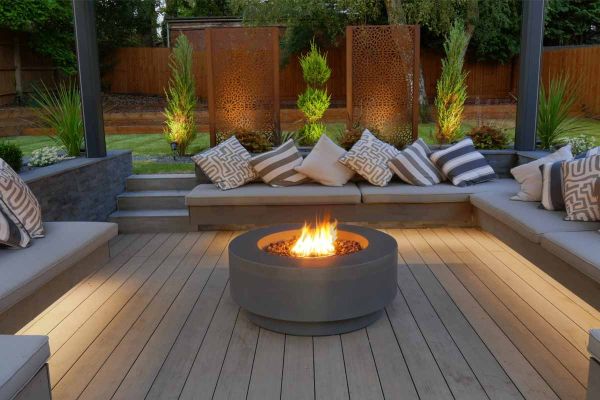
/filters:quality(55)/resources/product-swatches/ECCDBTR.jpg)
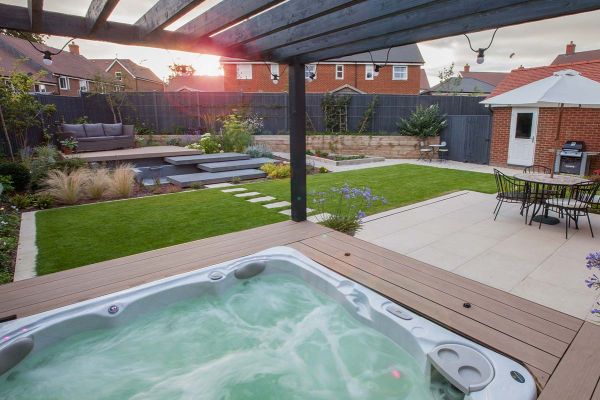
/filters:quality(55)/resources/product-swatches/ECCDBMO.jpg)
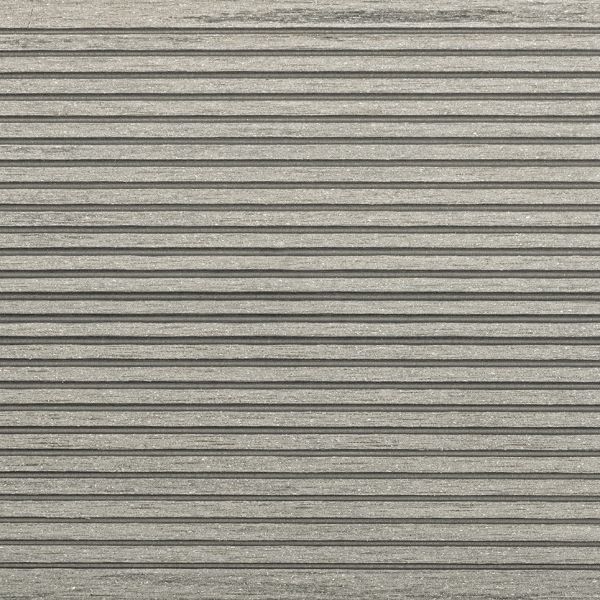
/filters:quality(55)/resources/product-swatches/ECCPGG.jpg)
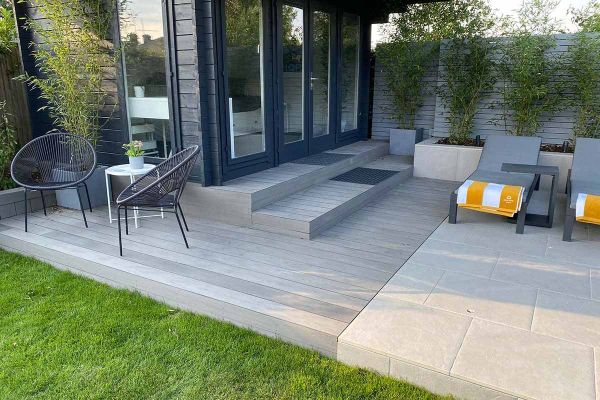
/filters:quality(55)/resources/product-swatches/ECCPGB.jpg)
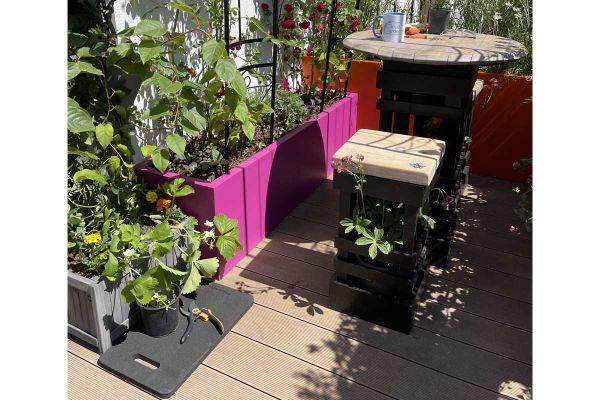
/filters:quality(55)/resources/product-swatches/ECCWTG.jpg)
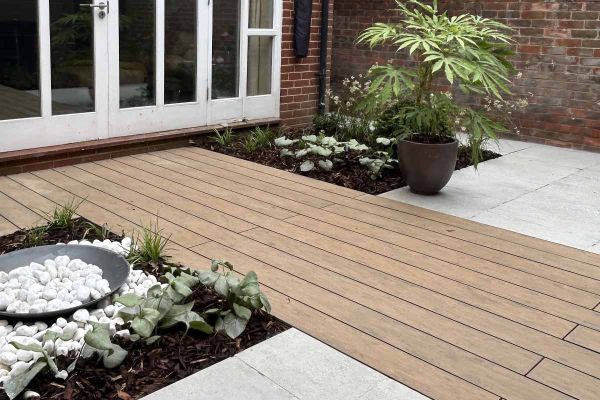
/filters:quality(55)/resources/product-swatches/ECCWTB.jpg)
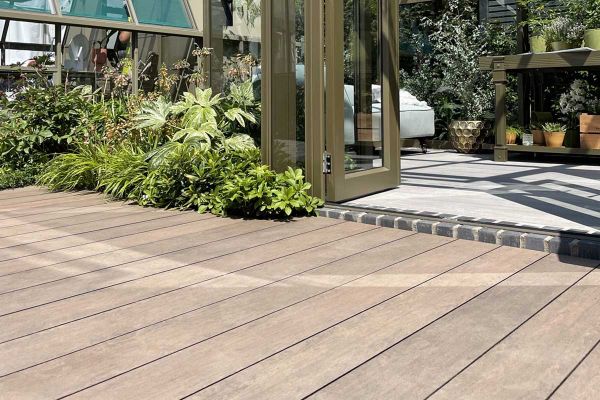
/filters:quality(55)/resources/product-swatches/ECCCB.jpg)
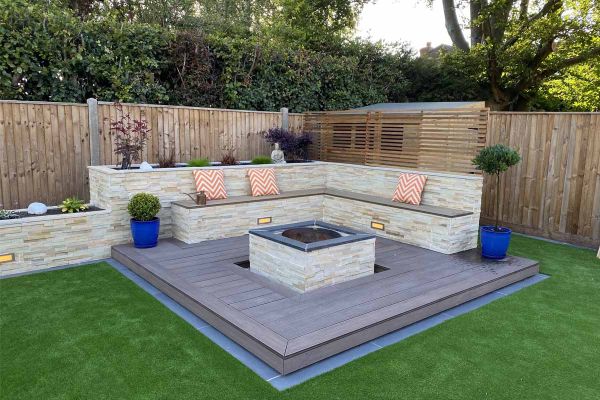
/filters:quality(55)/resources/product-swatches/ECCCG.jpg)
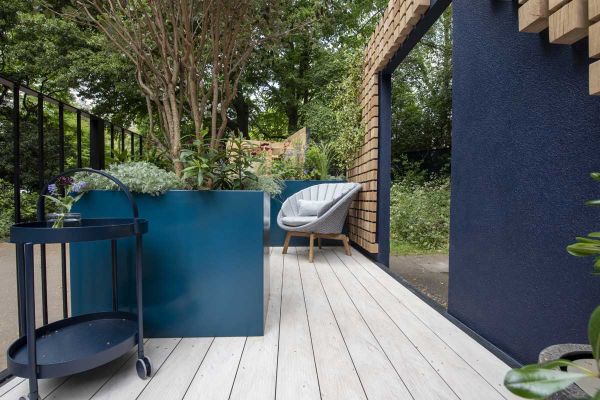
/filters:quality(55)/resources/product-swatches/ECCDBPO.jpg)
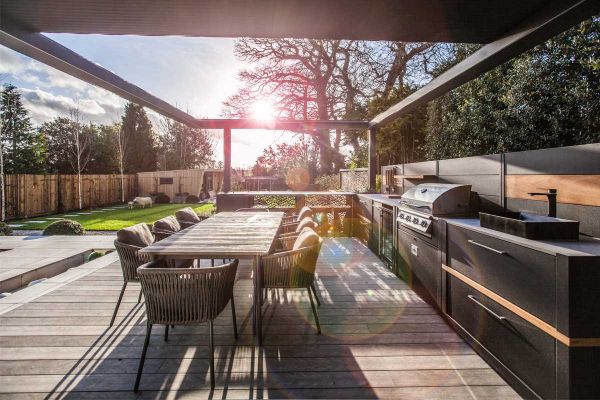
/filters:quality(55)/resources/product-swatches/ECCDBLU.jpg)
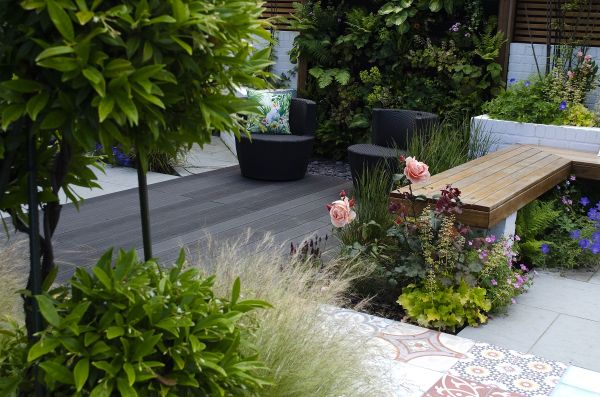
/filters:quality(55)/resources/product-swatches/ECCDBCH.jpg)
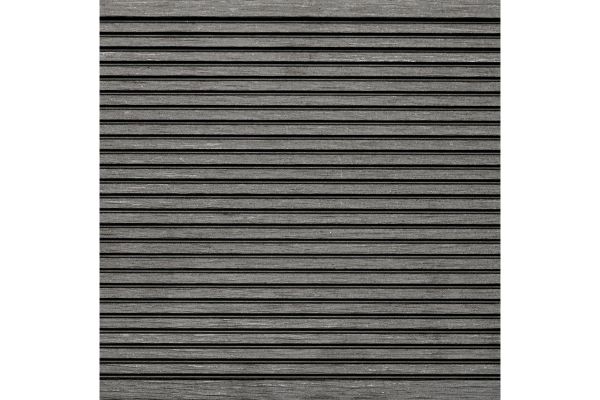
/filters:quality(55)/resources/product-swatches/ECCDAG.jpg)
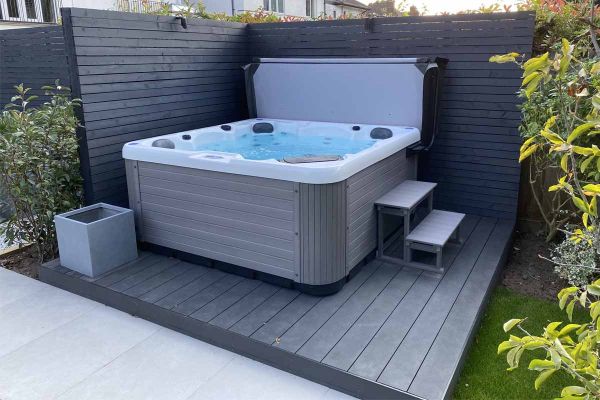
/filters:quality(55)/resources/product-swatches/ECCDAB.jpg)
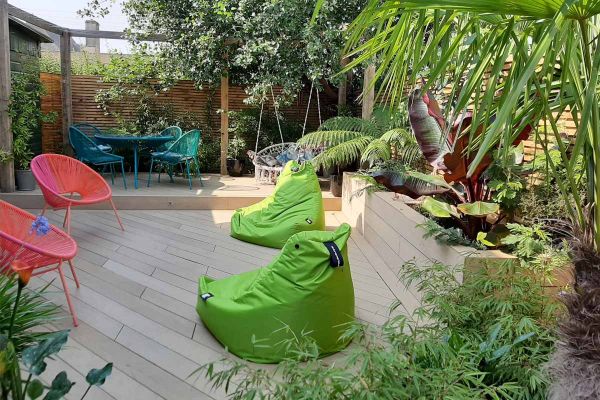
/filters:quality(55)/resources/product-swatches/ECCDBA.jpg)
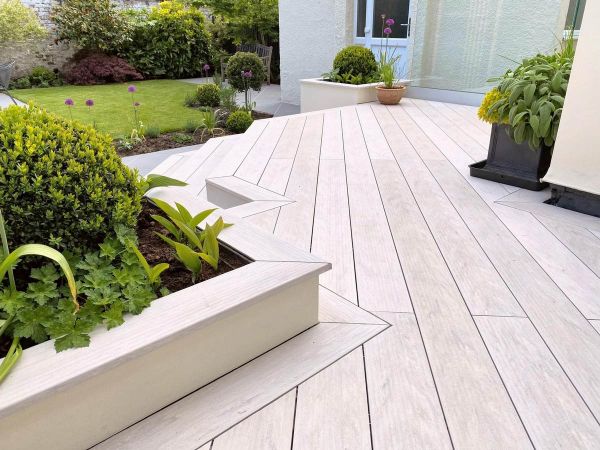
/filters:quality(55)/resources/product-swatches/ECCDBSI.jpg)
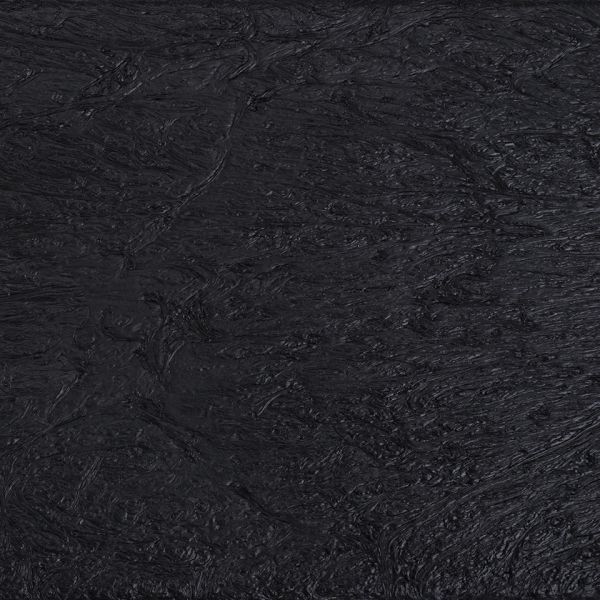
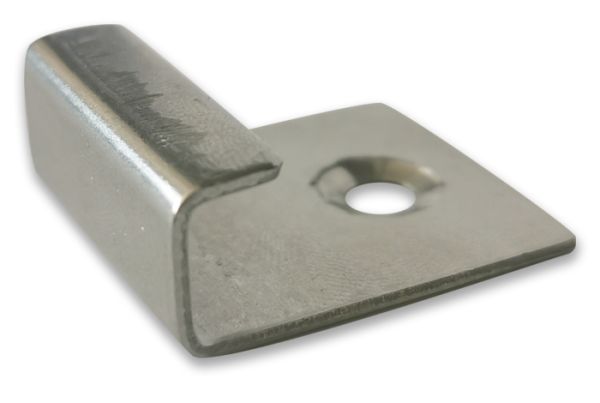
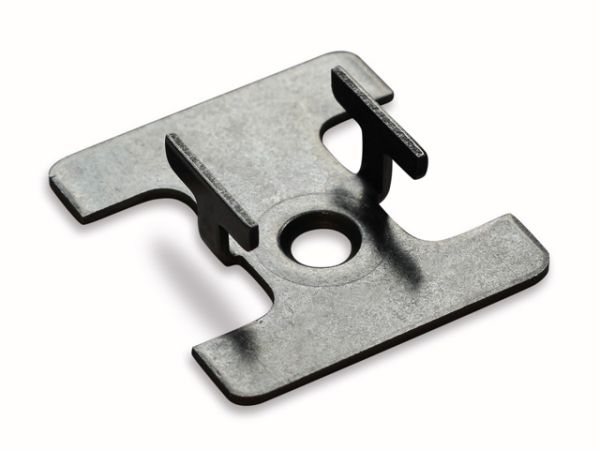
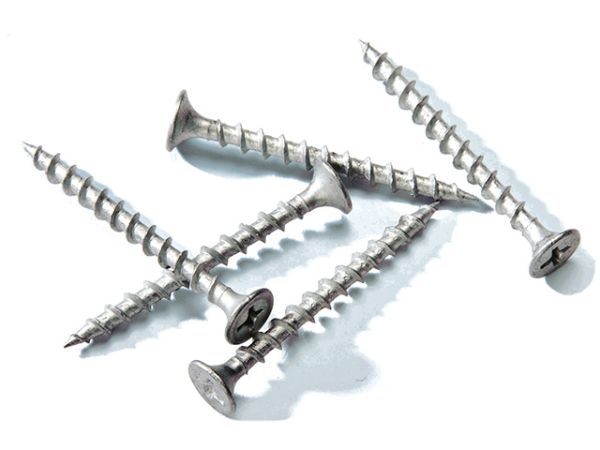
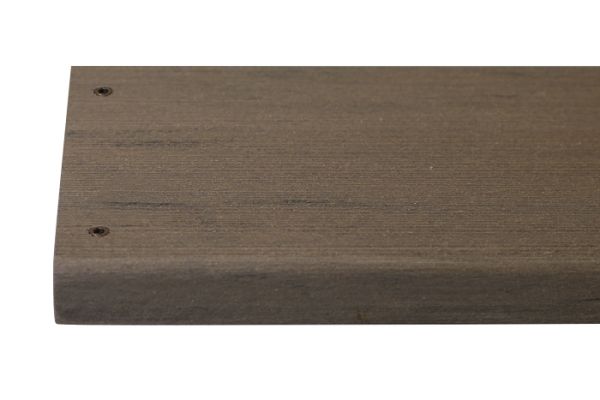
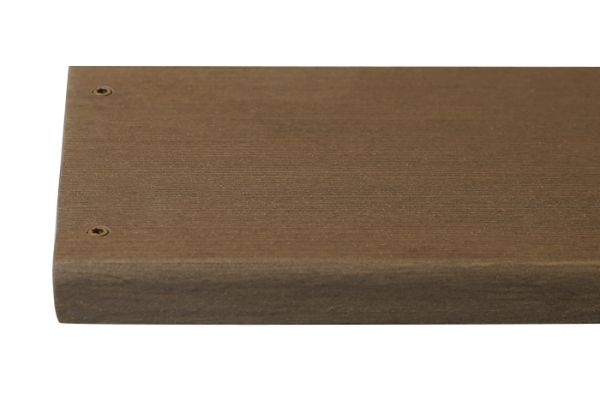

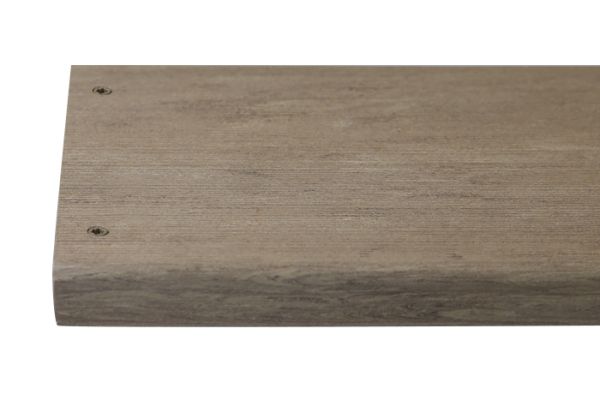
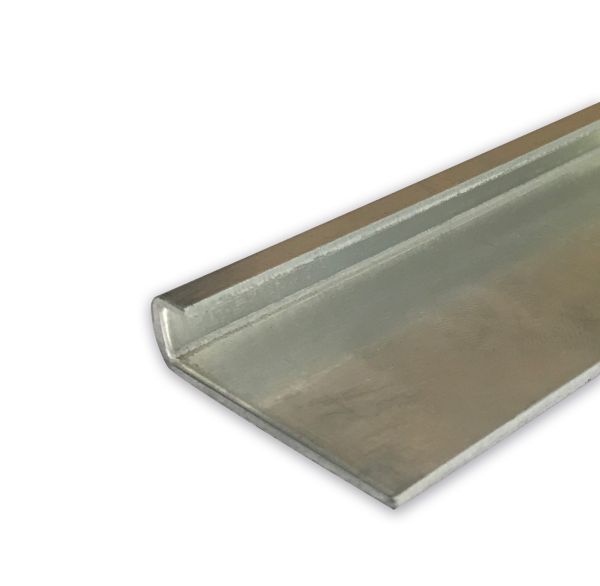
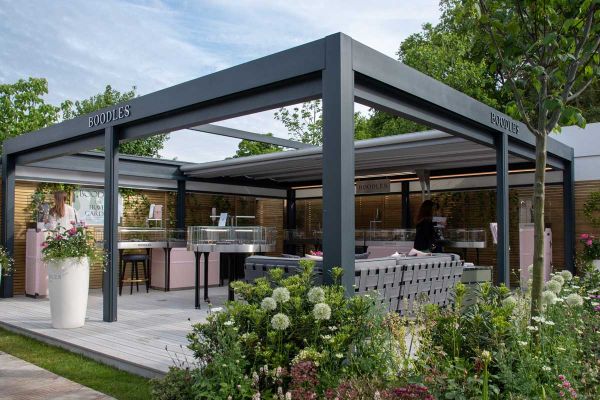
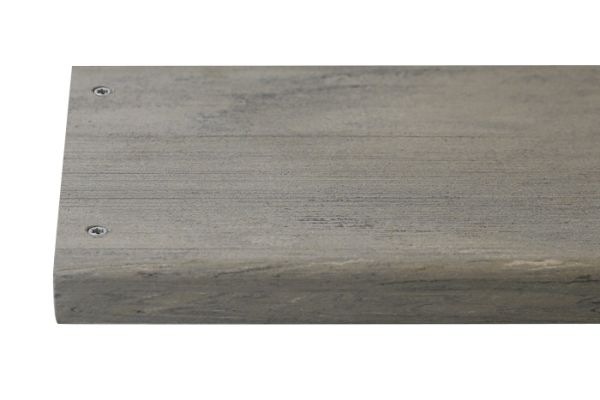
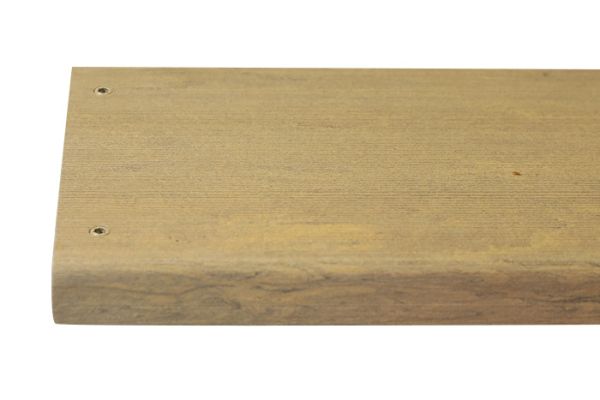
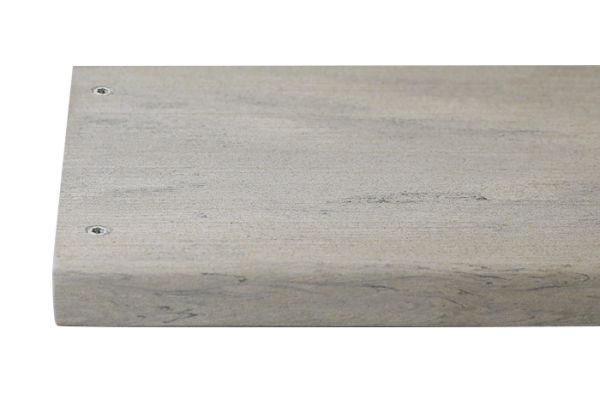
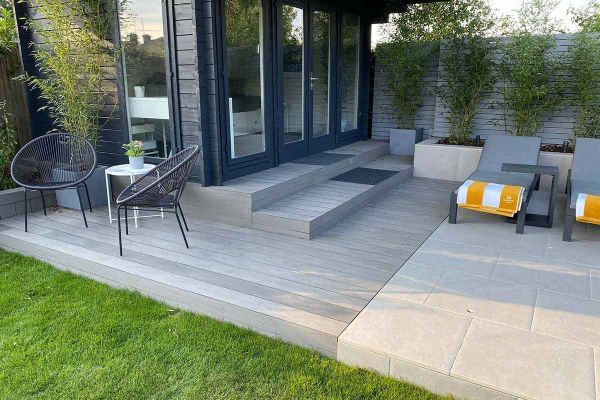
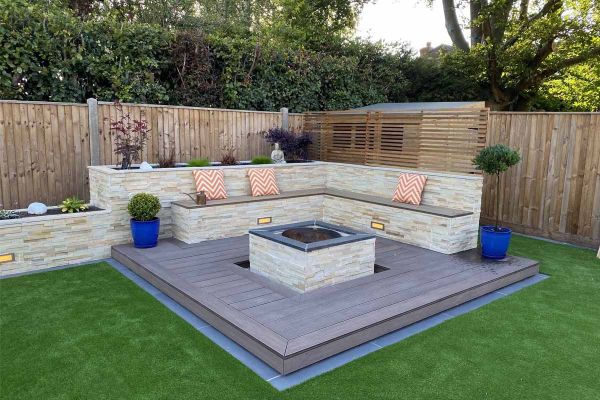
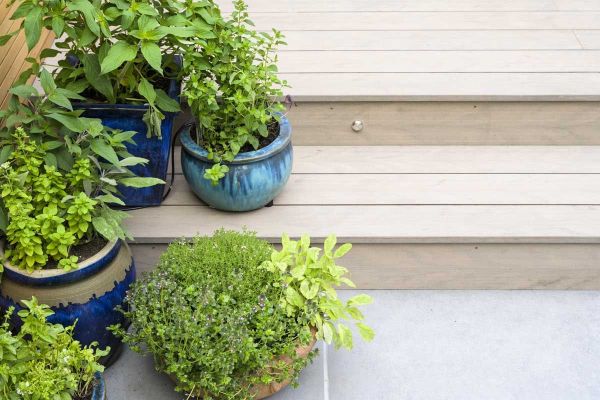

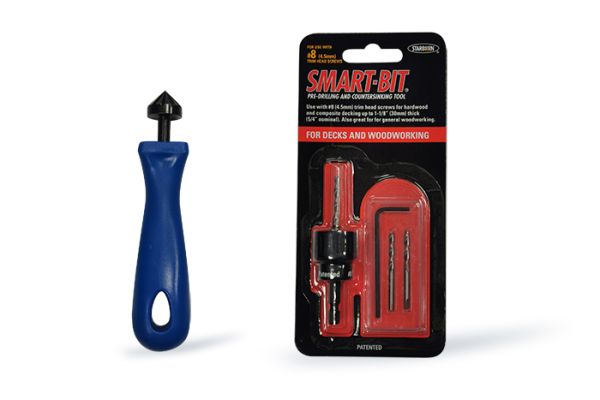
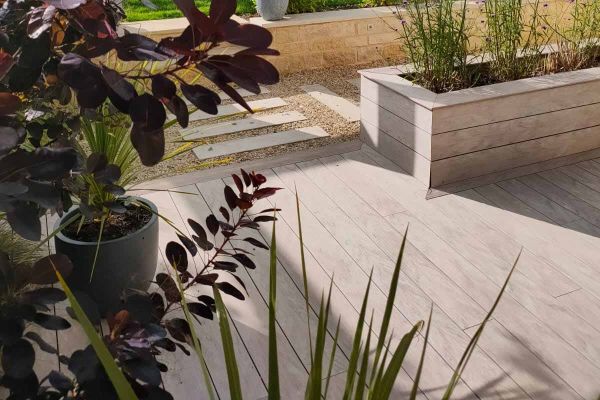
/filters:quality(55)/resources/product-swatches/ECCDBCI.jpg)
